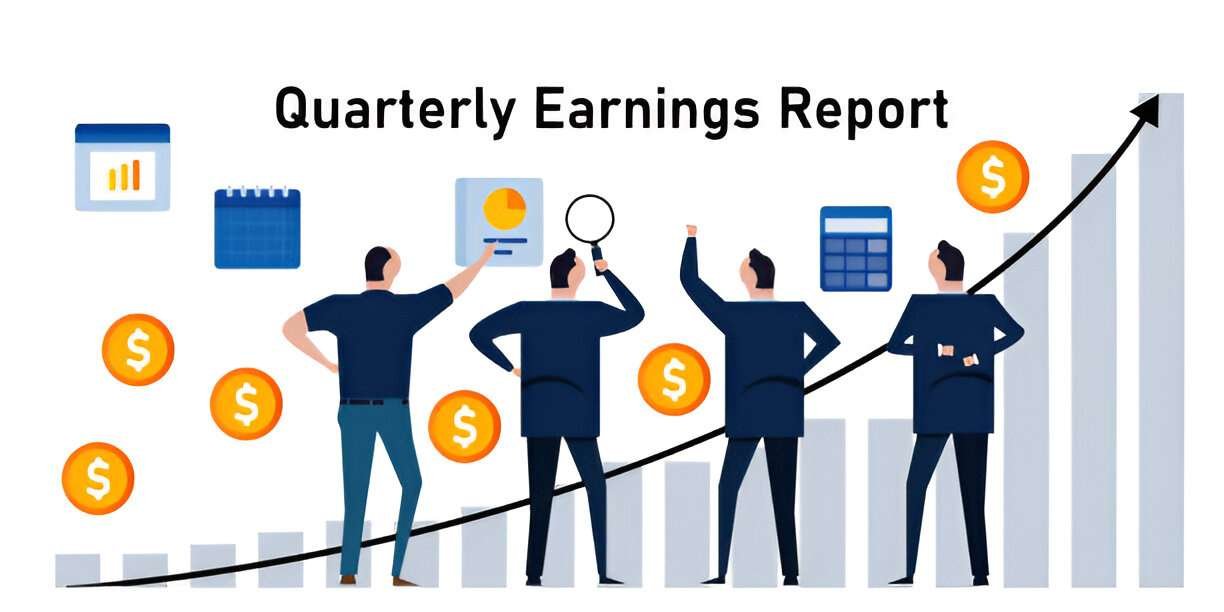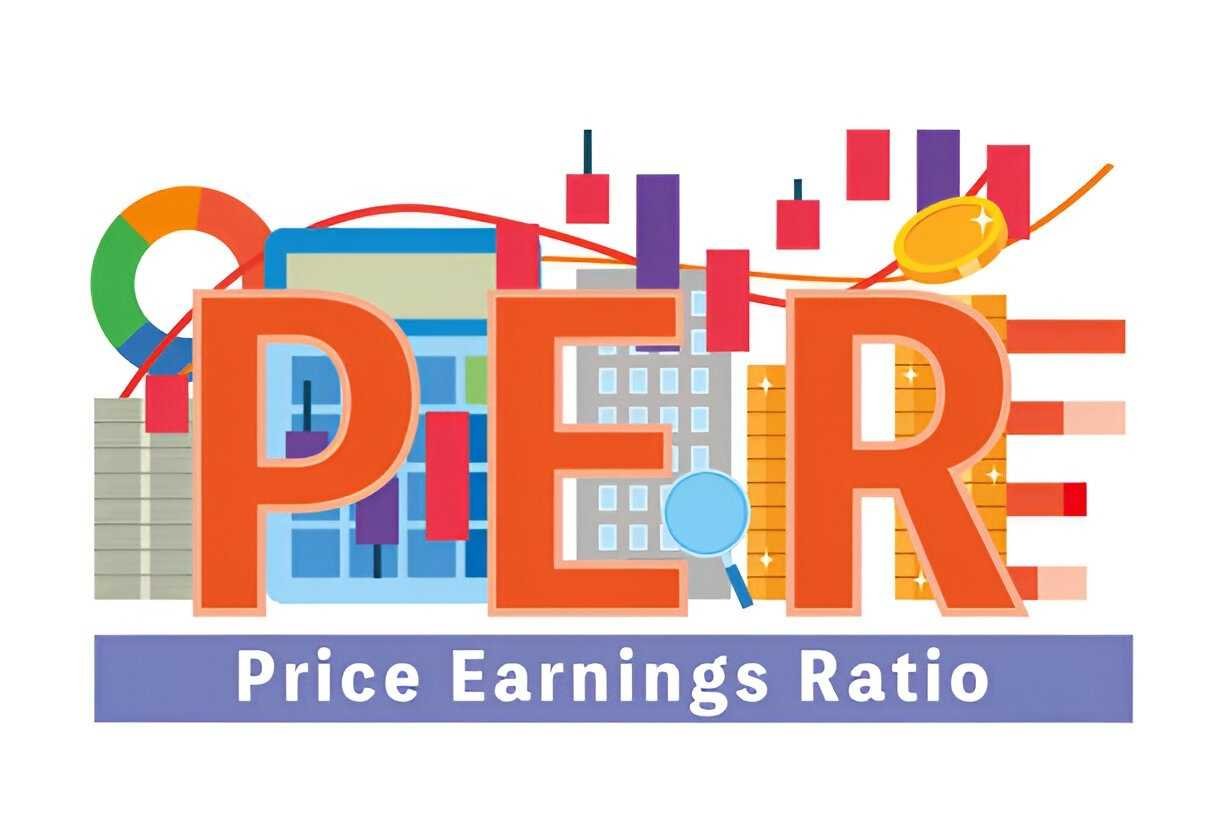Introduction
When investing in the stock market, emotions drive much of the buying and selling activity. Fear leads to panic selling, while greed fuels over-enthusiastic buying. The Fear and Greed Index is a valuable tool that captures these emotional extremes and provides insight into market sentiment. As an investor, I rely on this index to gauge whether the market is overpriced due to excessive greed or undervalued because of widespread fear. In this article, I will take a deep dive into the Fear and Greed Index, how it works, and how you can use it to make informed investment decisions.
What Is the Fear and Greed Index?
The Fear and Greed Index is a measure of investor sentiment, originally developed by CNN Business. It aggregates various market indicators to determine whether investors are predominantly fearful or greedy at any given time. The index ranges from 0 to 100, with lower values indicating extreme fear and higher values representing extreme greed.
- 0-24: Extreme Fear
- 25-49: Fear
- 50: Neutral
- 51-74: Greed
- 75-100: Extreme Greed
By understanding where the market sits on this scale, I can identify potential investment opportunities or risks.
How the Fear and Greed Index Is Calculated
The index is derived from seven different market indicators:
- Stock Price Momentum (S&P 500 vs. 125-day average) – If the S&P 500 is significantly above its moving average, it signals greed; if below, it indicates fear.
- Stock Price Strength (Number of stocks hitting 52-week highs and lows) – More stocks at new highs suggest greed, while more at new lows indicate fear.
- Stock Price Breadth (Market Volume of Advancing vs. Declining Stocks) – A market with broad participation in gains signals greed, while narrow participation indicates fear.
- Put and Call Options (Ratio of Put Options to Call Options) – A high put-to-call ratio signals fear, whereas a low ratio signals greed.
- Junk Bond Demand (Spread Between Junk Bond and Investment-Grade Bond Yields) – A narrow spread suggests greed, while a wide spread indicates fear.
- Market Volatility (VIX or Volatility Index) – A rising VIX signifies fear, whereas a declining VIX signals greed.
- Safe Haven Demand (Difference Between Stock and Bond Returns) – If investors favor bonds over stocks, it indicates fear; if the reverse, it signals greed.
Each of these indicators is given equal weight, and their readings are averaged to produce the final Fear and Greed Index score.
Historical Analysis of the Fear and Greed Index
Fear and Greed Index During Major Market Events
| Event | Date | Fear and Greed Index | Market Impact |
|---|---|---|---|
| COVID-19 Crash | March 2020 | 2 (Extreme Fear) | S&P 500 fell over 30% |
| Dot-Com Bubble | 2000 | 90+ (Extreme Greed) | Market crashed by 78% |
| 2008 Financial Crisis | October 2008 | 5 (Extreme Fear) | S&P 500 declined nearly 50% |
| Post-COVID Rally | Late 2020 | 85 (Extreme Greed) | Market surged by 70% |
The index has historically provided insight into market bubbles and crashes. For instance, during the 2008 financial crisis, extreme fear led to a market bottom, while the dot-com bubble saw extreme greed before a market collapse.
How to Use the Fear and Greed Index in Investing
Buying Opportunities During Extreme Fear
When the index is in “Extreme Fear” territory, investors tend to sell stocks irrationally, driving prices below their intrinsic value. As a value investor, I look for quality stocks trading at a discount during such times. For example, in March 2020, the Fear and Greed Index was at 2, presenting a great opportunity to buy undervalued stocks.
Selling or Hedging During Extreme Greed
Conversely, extreme greed often precedes market corrections. If the index reaches 90+, I consider trimming overvalued positions or hedging my portfolio with defensive assets like bonds or gold.
Using the Index With Other Indicators
While useful, the Fear and Greed Index should not be used in isolation. I combine it with fundamental analysis and technical indicators to make well-informed decisions. A stock may be undervalued despite market greed, or overvalued even during fear.
Example Calculation of the Fear and Greed Index
Suppose the individual indicators of the Fear and Greed Index have the following scores:
| Indicator | Score |
|---|---|
| Stock Price Momentum | 70 |
| Stock Price Strength | 80 |
| Stock Price Breadth | 65 |
| Put and Call Options | 40 |
| Junk Bond Demand | 50 |
| Market Volatility | 55 |
| Safe Haven Demand | 75 |
The overall Fear and Greed Index would be calculated as:
\frac{70 + 80 + 65 + 40 + 50 + 55 + 75}{7} = 62.14This indicates “Greed,” meaning the market may be approaching overvaluation.
Limitations of the Fear and Greed Index
While helpful, the index has limitations:
- Short-Term Nature – It reflects market sentiment over a short period and may not predict long-term trends.
- Emotional Bias – The market can remain irrational longer than expected.
- No Fundamental Analysis – It does not consider earnings, economic growth, or interest rates.
Conclusion
The Fear and Greed Index is a powerful tool that helps me assess market sentiment and adjust my investment strategy accordingly. It provides a psychological gauge of market conditions, warning when excessive greed or fear dominates. However, I always use it alongside fundamental and technical analysis to make the most informed investment decisions. By understanding how fear and greed influence markets, I can better navigate volatility and capitalize on opportunities that others might miss.




